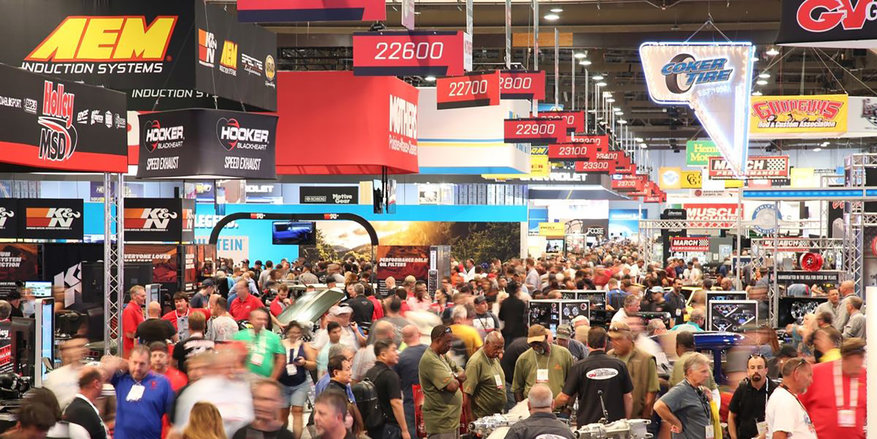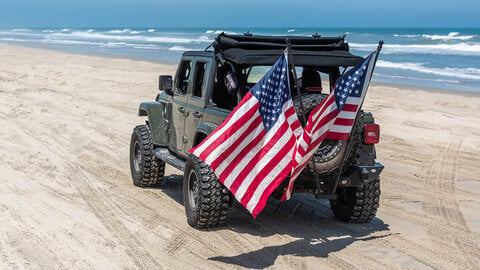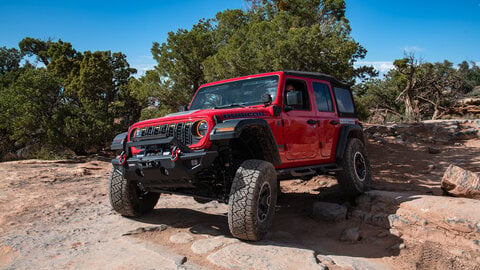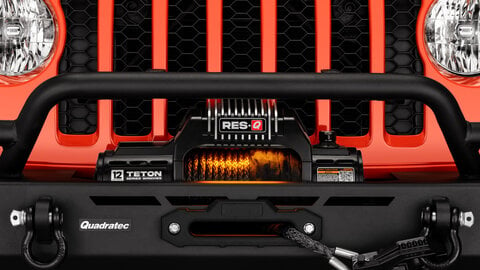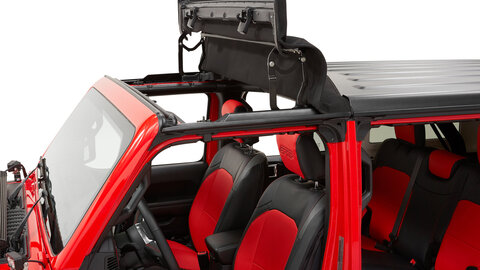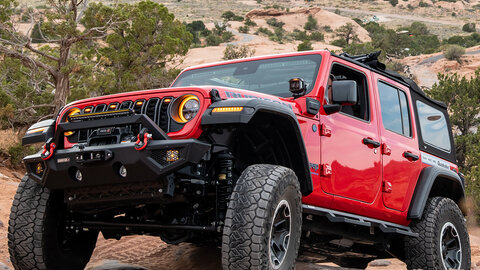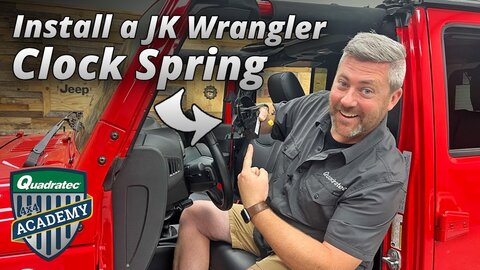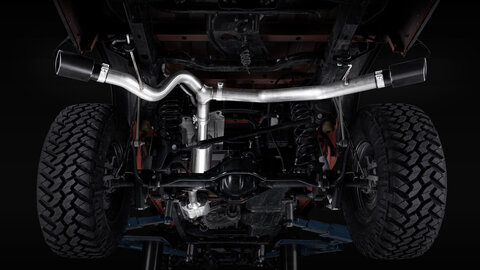by Matt Konkle
Managing Editor
It consumes the Las Vegas Convention Center for nearly an entire week. Not just one building, but all of them. Booth upon exhibitor booth. Row upon row. Flashing lights, horns, an engine rev here or there. The constant up-and-down hum of tens of thousands of conversations. All stuff certainly worthy of being called a Las Vegas experience.
And yet, long after all those conversations die away. Past when all the lights extinguish. And those rows and rows of booths are torn down and shoved somewhere next to the Ark of the Covenant, one thing remains constant.
The Specialty Equipment Market Association remains.
Because, while many see it as a once-per-year show organizer, its roots stretch way deeper into the industry.
SEMA was first started back in 1963 by people who loved cars and trucks, and wanted to turn that passion into a career. The original goal, according to the organization, was to develop uniform standards for certain products used in motorsports competition; promote the industry as a supplier to consumers involved in constructive activities of recreational and hobbyist value; develop programs to encourage improved business practices among member companies; and hold regular meetings to achieve unity as a business organization. In those days, members were founders of companies that exclusively produced speed equipment.
Over the years, the fold grew into a nearly 6,500-member-based powerhouse that contributes to the vitality and strength of the automotive aftermarket’s $30-billion-a-year industry.
Its members are from all walks of the automotive life now, including businesses in the distribution chain, manufacturers, warehouse distributors, jobbers, independent retailers, volume retailers, specialty stores (speed shops), sales agents, subcontractors and publishing companies. Memberships even include racing teams, car clubs and special service organizations. Products supplied by the industry are found not only in the United States, but also throughout the world.
These days, SEMA performs many services for its members and for the industry as a whole. More importantly, SEMA strives to protect consumers’ rights to drive accessorized, customized and vintage vehicles, and keeps close tabs on legislators around the country. All so its members and anyone who loves cars and trucks can protest pending legislation that might harm those hobbies, or endorse legislation that is good for the industry.
SEMA has also helped numerous consumers interact with car dealers, who sometimes try to get away with charging for repairs on a modified vehicle by wrongly claiming that specialty accessories have voided its warranty.
”The SEMA show is five days; the other 360 days of the year we use the resources from our members to create a collective voice,” said former SEMA President Chris Kersting during a Quadratec interview in 2018. “We do a lot of different things, but one thing we do is take care of legislative and regulatory issues that kind of encroach on the hobby. With the off-road scene there is constant pressure.
”One thing that would be good (for Jeep enthusiasts) would be to go to the SEMA website and look for the SEMA Action Network. It is a grassroots way for you to be informed on what is going on out there, when we have problems, when we have threats, and to protect the opportunity to get out there on the trails.“
Another way SEMA strives to help its member companies, which in turn helps consumers, is that it performs quite a bit of market research to assemble viable data and trends through its Research and Information Center. All members have access to this information, which can be used to formulate sales and trend projections for the coming years.
The show, however, certainly remains the shining jewel of the SEMA year and for those in the Jeep aftermarket, it can be the perfect time to discover new products, make new contacts and even show off your skill as a Jeep vehicle builder. Also, those new products revealed and displayed during the show tend to set the Jeep aftermarket product tone for the coming year and beyond.
"The bottom line at SEMA, as it shall always be, is a combination of quality and service,” Kersting said on the company’s website. “The ingredients for a successful trade association are performing to the satisfaction of its member companies and accommodating industry growth and diversification. SEMA attempts to set the pace for others to follow. That's why our membership roles continue to increase in number."













